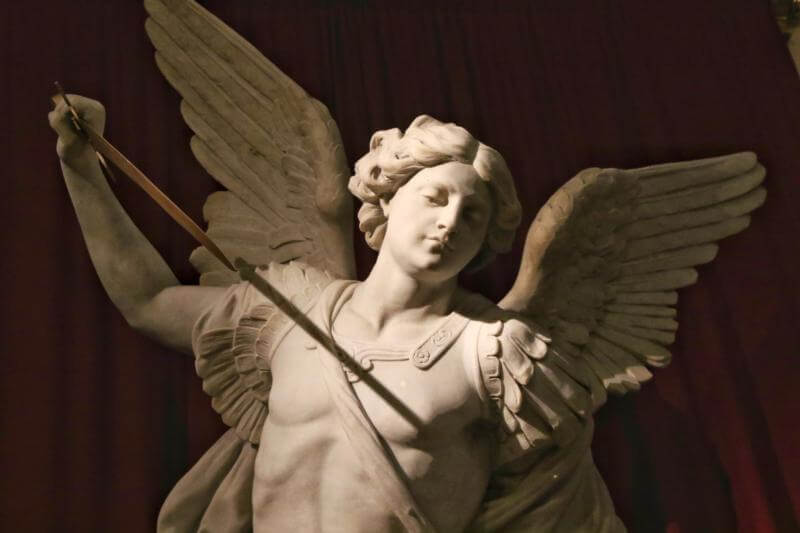From Aleteia:

Philip Kosloski – published on 08/14/19
While St. Francis is widely known for his love of the poor and his great care of nature, he also possessed a deep interior life that was punctuated by frequent periods of prayer and fasting. He often stepped away from his community of brothers and sought solitude to deepen his relationship with God.

In 1224, two years before his death, Francis felt drawn to Mount La Verna and set out with a few of his closest brothers to spend a period of prayer and fasting on the mountain. St. Bonaventure records in his biography (written between 1260-1266) how Francis, “was brought after many and varied toils unto a high mountain apart, that is called Mount Alvernia. When, according unto his wont he began to keep a Lent there, fasting, in honor of St. Michael Archangel, he was filled unto overflowing, and as never before, with the sweetness of heavenly contemplation.”
The Little Flowers of St. Francis, a collection of stories about St. Francis that was compiled during the 13th century, records these words of St. Francis to his brothers, “My sons, we are drawing nigh to our forty days’ fast of St. Michael the Archangel; and I firmly believe that it is the will of God that we keep this fast in the mountain of Alvernia, the which by Divine dispensation hath been made ready for us, to the end that we may, through penance, merit from Christ the consolation of consecrating that blessed mountain to the honor and glory of God and of His glorious mother, the Virgin Mary, and of the holy angels.”
St. Bonaventure adds that, “Unto the Blessed Michael Archangel,—inasmuch as his is the ministry of bringing souls before God,—[Francis] cherished an especial love and devotion.”
This fast kept by St. Francis runs from the Solemnity of the Assumption (August 15) and ends on the feast of St. Michael (September 29). Similar to Lent that occurs before the feast of Easter, it excludes all Sundays.
It was during this fast that St. Francis received the stigmata, the holy wounds of Jesus Christ. The traditional date for the reception of the stigmata is September 17, a few days after the feast of the Exaltation of the Holy Cross (which is on September 14).

It appears that this fast began with St. Francis and was spread by Franciscans through the 18th century. After that it received less attention, but in recent years has seen a revival among some Catholics.
Francis’ experience reminds us of the importance of fasting and spending time alone with God. These practices shouldn’t be reserved to the 40 days of Lent before Easter, but are applicable throughout the calendar year. We are always invited to draw closer to God, and St. Michael the Archangel is a powerful intercessor who stands ready to defeat our spiritual enemies so that we can embrace the freedom that is found in Jesus Christ.
